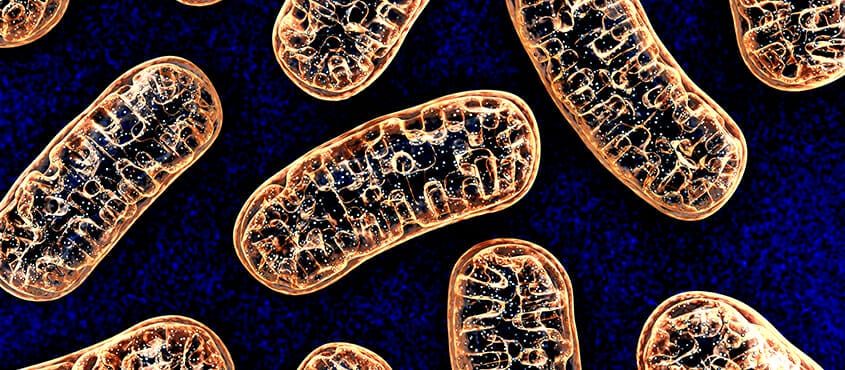Research
We are pioneers in mitochondrial medicine, focusing on mitochondrial energy production. Our efforts hope to combine both research and translational aspects of discovery in order to break through the current bottlenecks in fundamental mitochondrial biochemistry, drug design and therapeutic compounds.
Disease-causing defects are centered within the energy transduction pathways of mitochondria, which ultimately produce energy in the form of adenosine triphosphate.
When the varieties of mitochondrial conditions are pooled together, dysfunctional mitochondria become a major source of disease, affecting primarily the very young, but also increasingly older adults as part of the aging process.

The need for more research
Although the macro elements of the different enzymes are well known, a detailed map and systems biology understanding of the chemical events and their regulation is currently ill-defined. Drug discovery efforts have been hampered due to mitochondria carrying out a distinct type of oxidation-reduction, or redox chemistry.
Traditional medicinal chemistry libraries are devoid of redox compounds and standard systems biology assays omit oxidative elements from their analysis.
We are focused on:
- Recapturing electrons that have leaked from partially dysfunctional mitochondrial electron-transport chains.
- Modulating mitochondrial function by using molecules that do not simply bind to their cellular targets but also carry out oxidation-reduction chemistry.
- Reflecting the chemistry of mitochondrial function and dysfunction with molecules capable of trafficking one or two electrons.
- Identifying molecules that appear to work catalytically, thereby greatly enhancing their activities in the mitochondria.
Biological chemistry and drug design
An important research initiative involves elucidating the chemical mechanism of mitochondrial energy production and an analysis of the effects of specific mitochondrial defects. At present, we are focused on mitochondrial complexes I and II, and the way in which electrons are transported through these complexes, and then to complex III. The strategy involves the use of substrate analogs and inhibitors, in conjunction with biochemical and cellular assays, to dissect function at the molecular level.
Translational aspects of our research program
Due to widely ranging symptoms and early lack of understanding of the root cause of these symptoms, mitochondrial diseases have historically been classified into discreet groupings of diseases, such as Friedreich’s Ataxia, which are relatively rare. This meant little effort has been put into drug discovery and treatment. Yet, together, the more than 40 mitochondrial diseases comprise a significant human and health care burden.
Our capabilities include:
- Application of an integrated biochemical and chemical approach to identify novel strategies for therapeutic intervention.
- Novel approaches for designing therapeutic agents that function both by virtue of their shape and electron-transport properties.
- Exploitation of a novel mitochondrial shuttle mechanism employed by one of the oldest medicines used today, methylene blue, to create medicines with new capabilities.
- Use of a novel catalytic cycle to enable simultaneous quenching of two mediators of mitochondrial dysfunction.
- Designing molecules that can potentially be used to regulate both apoptosis and ferroptosis mediated at the level of mitochondria.
Support the Biodesign Center for Bioenergetics
Improving diagnoses and treatments for diseases caused by impaired energy metabolism